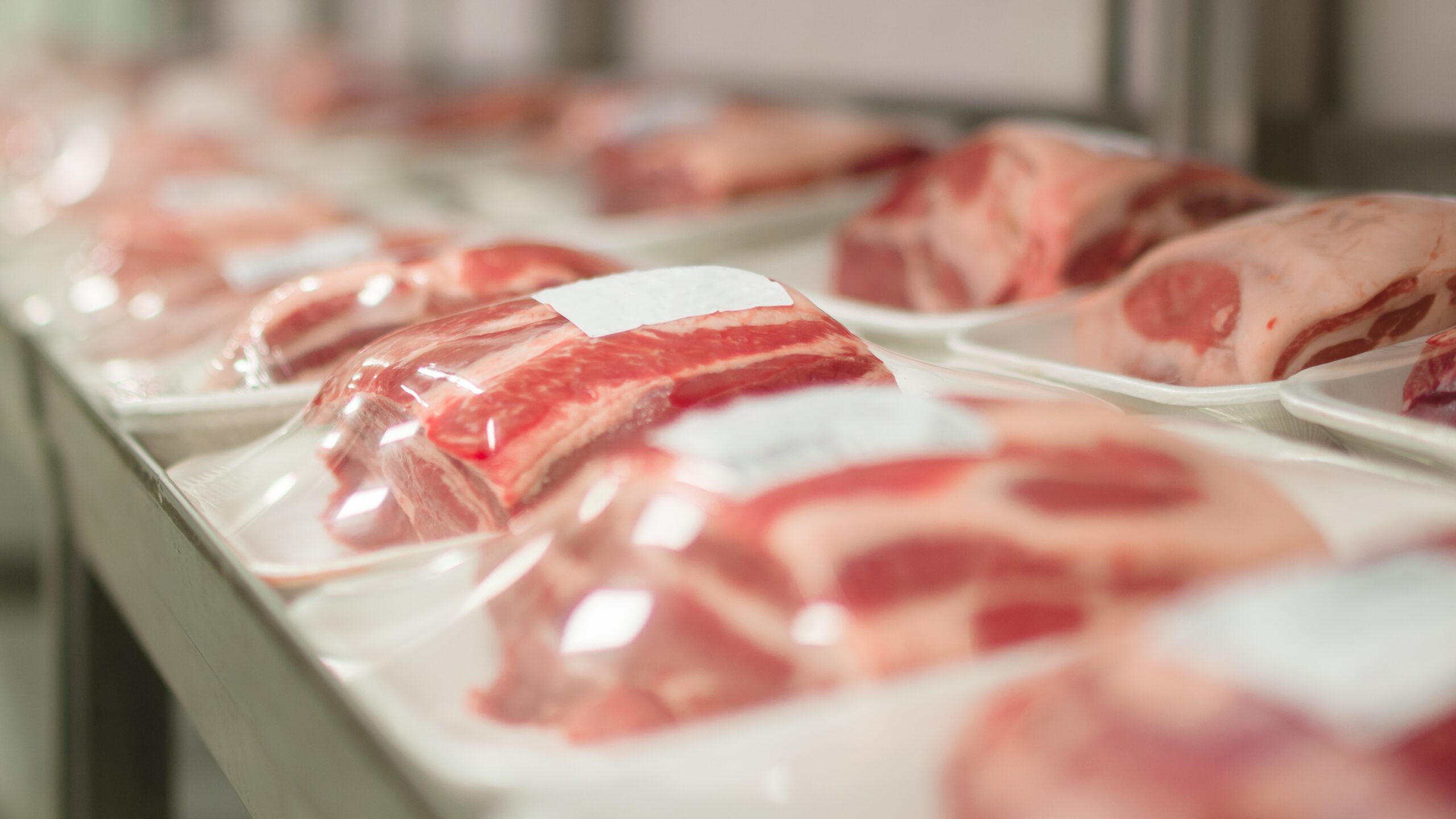Automation in the Meat Packing Industry is on the Horizon

An article in the Wall Street Journal discussed the emerging technology of automation in the meat packing industry. This is no doubt a harbinger of more automation to come not just in this industry, but in all industries where human labor works in close quarters.
The article notes that in April and May, more than 17,300 meat and poultry processing workers in 29 states were infected and 91 died, according to the U.S. Centers for Disease Control and Prevention. Plant shutdowns reduced U.S. beef and pork production by more than one-third in late April. We predicted this back in early April, and noted that the entire meat supply chain would be taking a hit. Indeed, meat packers tried to push workers to go into plants where COVID outbreaks were spreading rapidly, including facilities in Sioux City, and several large Tyson plants in North Carolina.
Slowly but surely, companies like Tyson are now admitting that they have a problem, and need to begin adoption of robotics to change the industry. The Journal notes that the change is playing out in a former truck-maintenance shop near the Springdale, Ark., headquarters of meatpacking giant Tyson Foods Inc. There, company engineers and scientists are pushing into robotics, a development the industry has been slow to embrace and has struggled to adopt.
The team, including designers who once worked in the auto industry, are developing an automated deboning system destined to handle some of the roughly 39 million chickens slaughtered, plucked and sliced up each week in Tyson plants.
The problem of course is that meat packing, particularly cutting of meat, is still a highly manual activity. Activities like deboning, cutting out beef or chicken filets, and other activities cannot replace the dexterity of the human hand and the human eye, despite growth in technologies. What we are likely going to see is successive stages of technology deployment in this area, and humans will stay play an important role. So it will not likely be completely automated, but more like semi-automated. For example, robots such as “back saw” cutters can split hog carcasses along the spinal column, but the finer cutting, such as trimming fat, for now largely remains in the hands of human workers, many of them immigrants. The meat processing industry is still focused on cost-cutting as the primary issue, although safety comes second; it remains one of the more hazardous jobs in the U.S. economy, according to the Bureau of Labor Statistics. With 4.3 workplace injuries or illnesses per 100 full-time workers in 2018, the industry’s rate is nearly 40% higher than the national average for all industries, surpassing logging, mining and construction. Animal slaughter and processing facilities logged 23,500 nonfatal injuries and illnesses in 2018, the latest year for which data is available, though such data is marred by underreporting, according to the U.S. Government Accountability Office.
Manual labor will always be a part of our economy, but the fact is that automation which is adopted for good reasons is more likely to be sustainable and have a good economic return. Robotic technology has been around for many years, and the fact that automotive engineers are putting their minds to applying well-known technologies to the meat packing industry, suggests that solutions will be imminent in the next few years. Unfortunately, this may not be the last pandemic we see in awhile, so meat packers are clueing in to the fact that it’s time for change. After all, how many different ways are there to skin a chicken? (We’ll leave the cats out of it..)